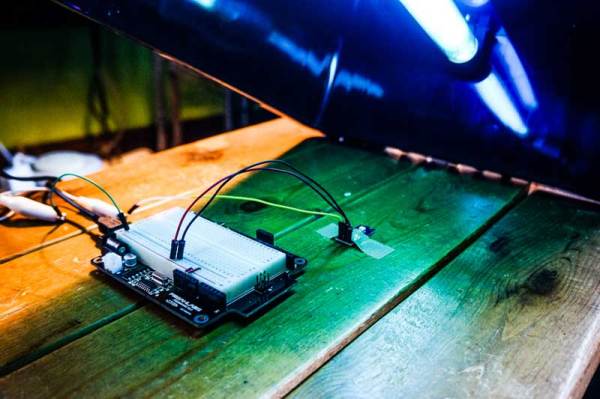For many of us, the social distancing procedures being used to help control the spread of COVID-19 have been a challenge. We can’t go to our hackerspaces, major events have been postponed or canceled entirely, and even getting parts has become difficult due to the immense pressure currently being placed on retailers and delivery services. For even the most stoic hacker, these are difficult times.
But you don’t have to go through it alone. We might not be able to meet in person, but that doesn’t mean the exchange of thoughts and ideas has to stop. Hackaday has started up a calendar of events you can use to keep track of virtual classes and hangouts that you can take part in from the comfort of your own home. You don’t even need to wear pants (but you should, just to be safe).
Hacker Check-in returns tomorrow at 5pm Eastern time and this weekend is packed with must-see entries. You can start your Saturday by taking part in a KiCad/FreeCAD meetup, sit in on the BSides Atlanta security conference, jump over to a hardware show and tell in New Delhi, and then cap things off with an introduction to quantum computing presented by Kitty Yeung.
Looking to be more than an idle participant? If you want to teach a class, host a show and tell, or put together a round-table discussion, drop a line to superconference@hackaday.io. Pretty much anything of interest to the hacking and making community is fair game, and who knows when you’ll ever get another chance at a captive audience like this. When you haven’t left the house in a week, there’s not a whole lot you won’t watch online.
It’s easy to see social distancing as an overreaction, but the numbers don’t lie. Things are serious out there, especially in the dense population centers where hacker events generally take place. By staying home and taking part in events virtually, we can do our part to control the spread of this virus and hopefully return things to normal that much sooner.



















